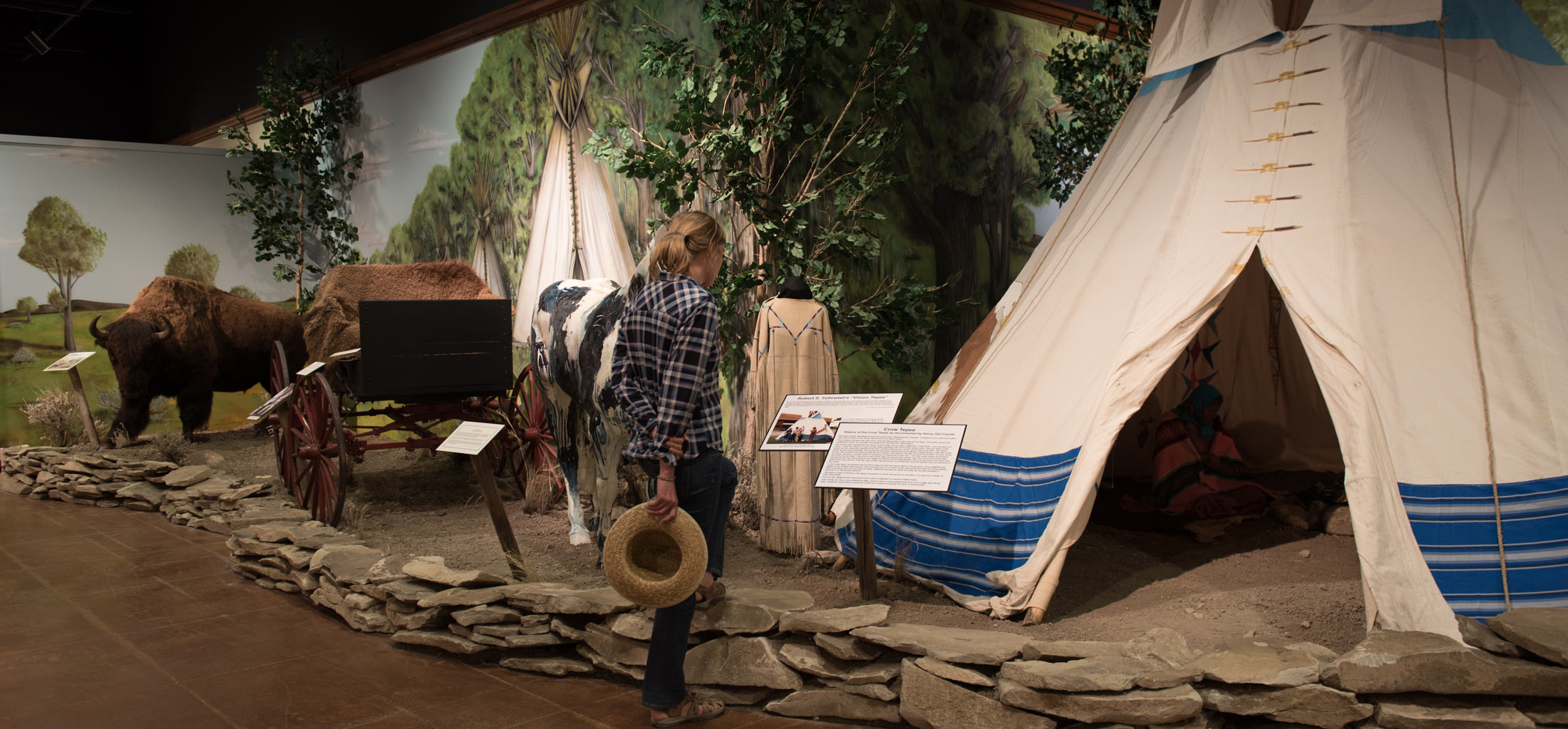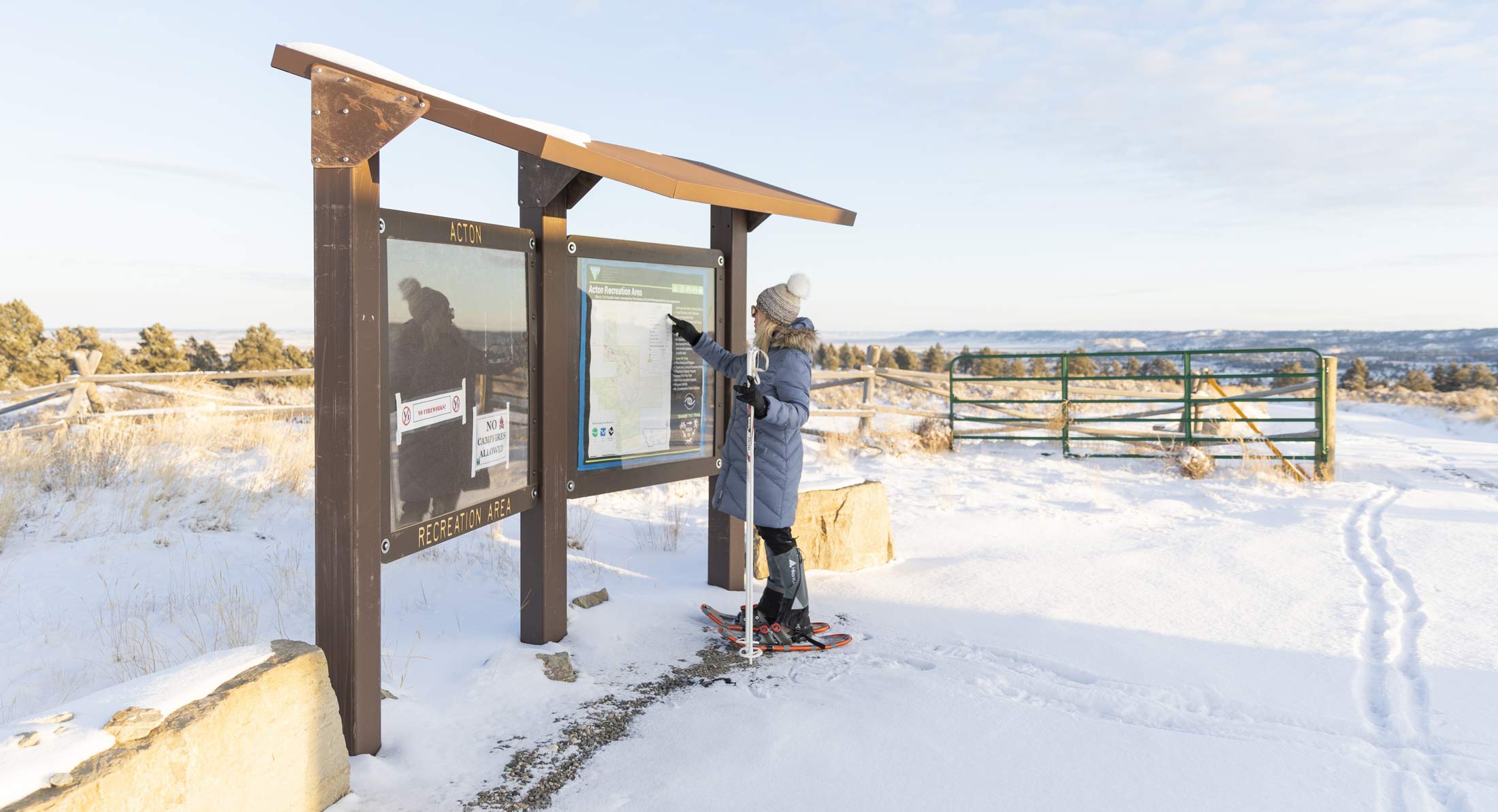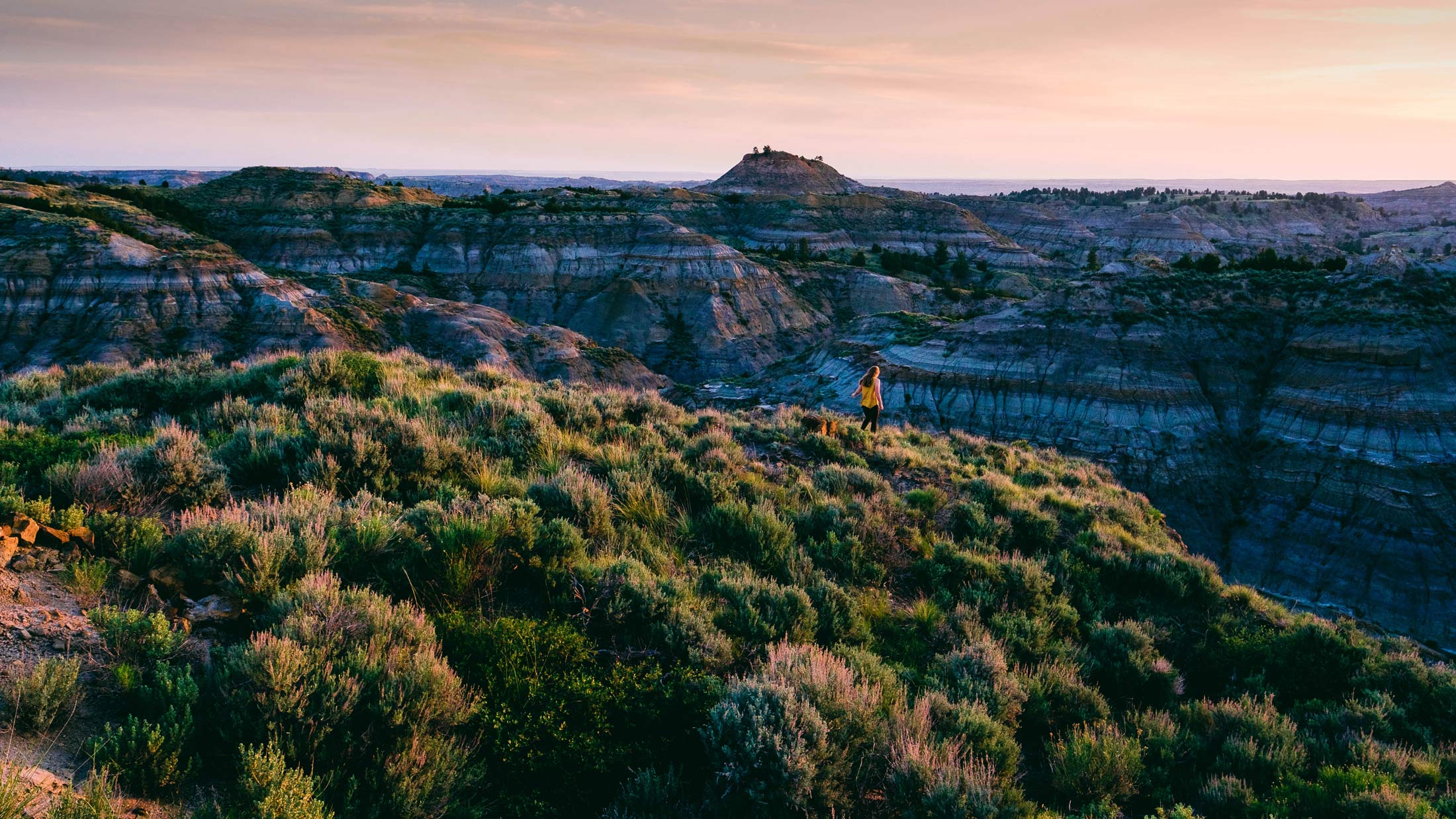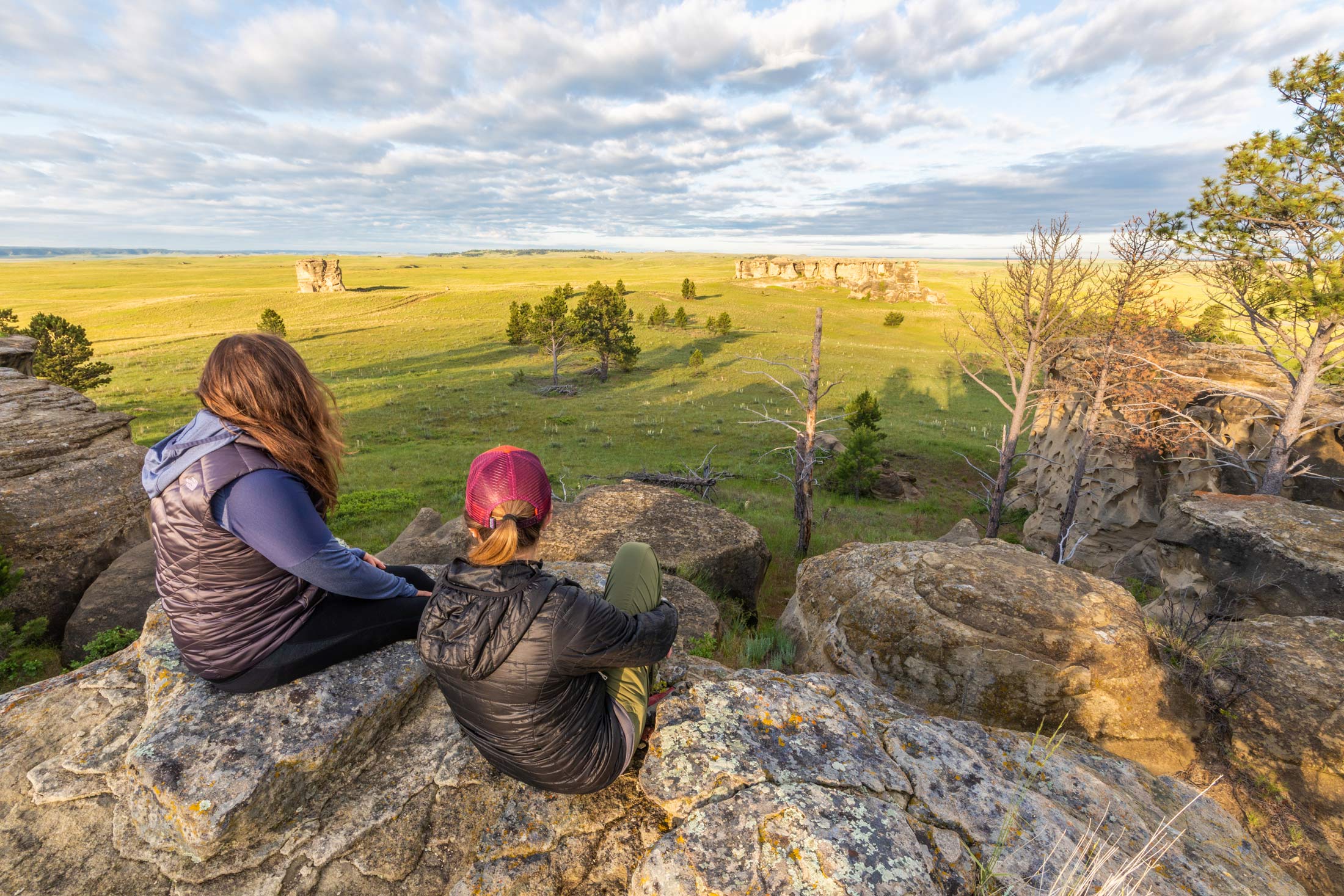Planning a day trip or a weekend getaway this summer, and Montana history interests you? Then check out the Big Horn County Historical Museum and Visitors Center in Hardin. It is conveniently located just off exit 497 on I-90, and its 35-acre complex offers something for everyone. From antique tractors, cars and trucks to exhibits about Fort Custer and the days of homesteading on the Montana prairie, to exhibits about famous western artists and authors like J.H. Sharp and Will James can all be found on the museum’s grounds.
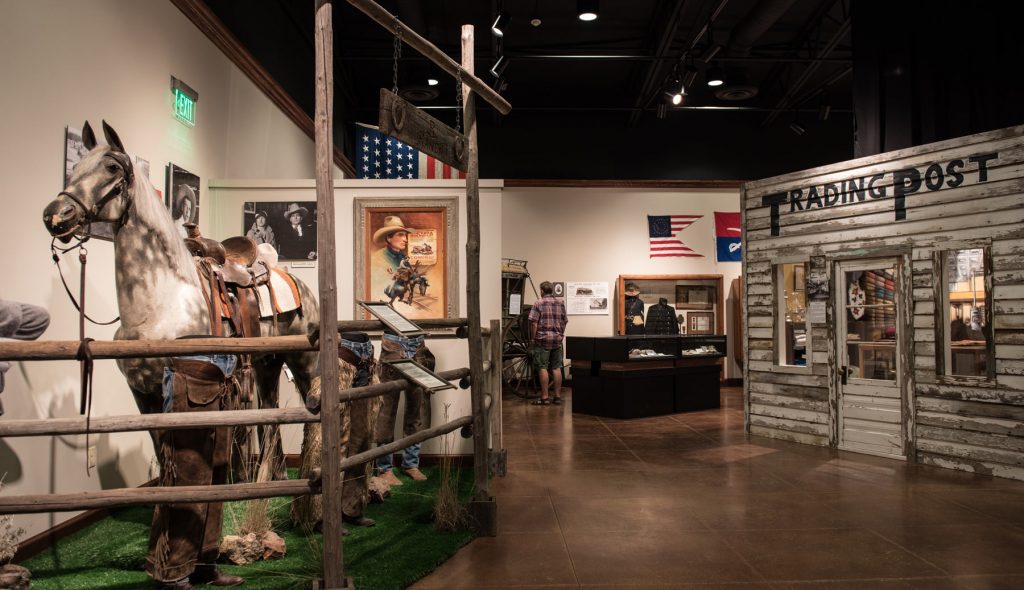
Big Horn County is home to some of Western American history’s most recognized places and events. For example, the Bozeman Trail followed the eastern front of the Bighorn Mountains and ended at the Bighorn River where the U.S. Army built Fort C.F. Smith in 1866. The Battle of Little Bighorn took place on the banks of the Little Bighorn River in 1876. Afterward, Fort Custer was built at the confluence of the Little Bighorn and the Bighorn rivers in 1877. The Battle of the Rosebud was fought one week before Custer and his troops of the 7th died fighting Crazy Horse and Sitting Bull’s warriors.
Crow Chief Plenty Coups made his home at the foot of the Pryor Mountains and Will James operated the Rocking R Ranch in the northwest corner of the county. Three of the cabins from the Rocking R Ranch are on the museum grounds and are professionally restored. A great time to visit the museum is during Little Bighorn Days, this year on June 26-27, 2020. The communities of Hardin and Crow Agency commemorate the Battle of Little Bighorn with reenactments of the battle, parades, rodeo, street dance and other events. The museum hosts two days of living history with an 1870s encampment of infantry troops, blacksmith demonstrations and other elements of the past.
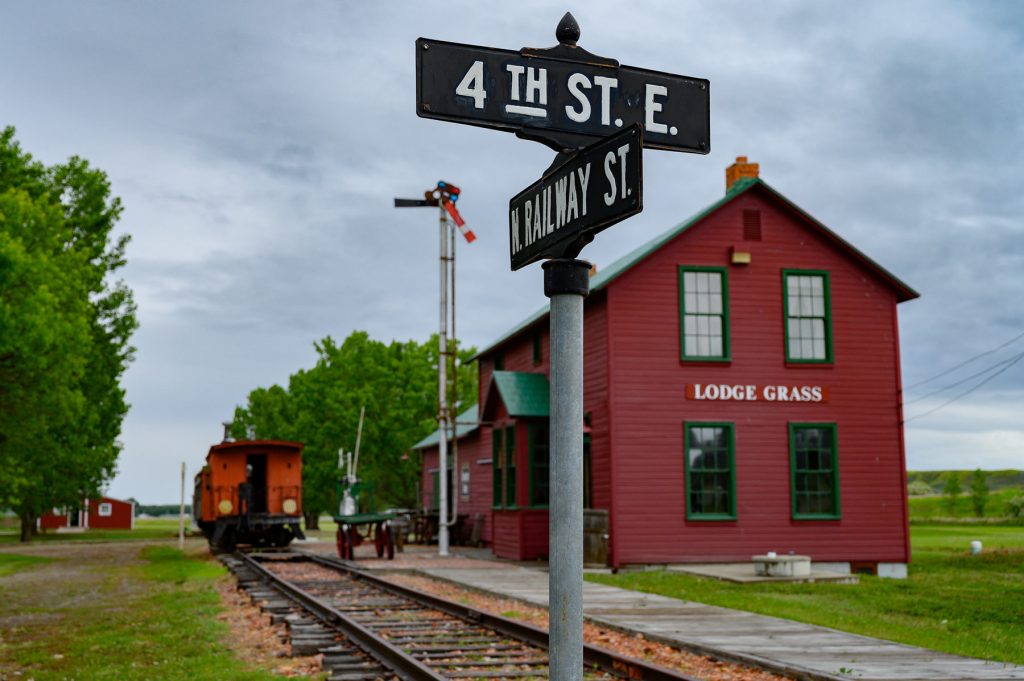
The layout of the museum grounds is like a small town all connected by boardwalks. Life during the homestead era is represented by restored structures such as a train depot, one room school, German Lutheran church, slaughter house, doctor’s office, undertaker and a homesteaders’ shack. Four buildings from the Campbell Farming Corporation Camp Four represent the early development of large-scale mechanized wheat farming in Montana from the 1920s to the 1960s.
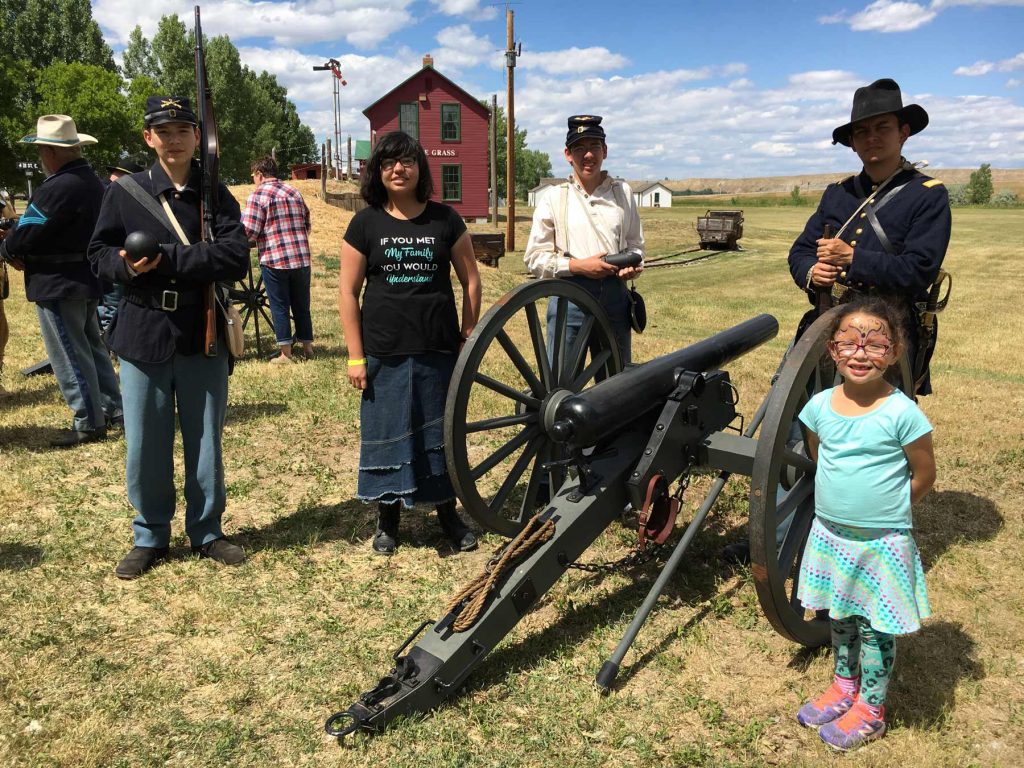
The museum was established in 1978 with the gift of a five-acre farm on the edge of Hardin to the Big Horn County Historical Society. The museum opened its doors on June 1, 1979 in the restored farm house, and the society dreamed of adding a couple more buildings to the property. In just a few years the society purchased 17 more acres adjacent to the farm to accommodate the various historical buildings being offered to the museum. Over time, 13 more acres were added to make room for the expansion. Today the museum has 24 beautifully restored historical structures and five exhibit buildings that hold thousands of historical artifacts just waiting to be explored by history lovers of all ages.
Those wanting to see more of the area’s history that is close to Hardin can also check out the following:
- Little Bighorn Battlefield National Monument* - 12 miles south of the museum on I-90.
- Rosebud Battlefield State Park – 60 miles southeast on Hwy 314.
- Plenty Coups State Park – 65 miles southwest on Hwy 418.
- Pompeys Pillar National Monument* – 55 miles northwest off of I-94.
* National Park Passes are accepted or available for purchase at both the Little Bighorn National Monument and Pompeys Pillar National Monument.
The museum’s historic buildings are open from May 1 to September 30 and the museum is open daily from Memorial Day through Labor Day. The large parking lot accommodates RVs of all sizes, and there is a beautiful picnic shelter available. The Main Gallery is open year-round and serves as a visitor’s center. Complete your visit with a souvenir from our ‘Made in Montana’ gift store. Learn more at bighorncountymuseum.org and at our Facebook page at facebook.com/bighorncountymuseum. The friendly staff and volunteers look forward to helping you discover Big Horn County history.
Written by Randy Schoppe, the director of the Big Horn County Historical Museum in Hardin, MT. He also serves as the senior pastor of Hardin New Life Church. He enjoys learning and sharing history, photography, art, music, and traveling with his wife Anita.


